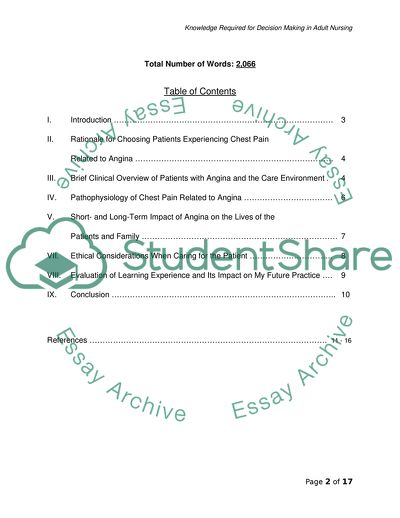Cite this document
(Patients with Angina and the Care Environment Term Paper, n.d.)
Patients with Angina and the Care Environment Term Paper. https://studentshare.org/health-sciences-medicine/1711527-knowledg-required-for-dicision-making-in-adult-nursing
Patients with Angina and the Care Environment Term Paper. https://studentshare.org/health-sciences-medicine/1711527-knowledg-required-for-dicision-making-in-adult-nursing
(Patients With Angina and the Care Environment Term Paper)
Patients With Angina and the Care Environment Term Paper. https://studentshare.org/health-sciences-medicine/1711527-knowledg-required-for-dicision-making-in-adult-nursing.
Patients With Angina and the Care Environment Term Paper. https://studentshare.org/health-sciences-medicine/1711527-knowledg-required-for-dicision-making-in-adult-nursing.
“Patients With Angina and the Care Environment Term Paper”. https://studentshare.org/health-sciences-medicine/1711527-knowledg-required-for-dicision-making-in-adult-nursing.


